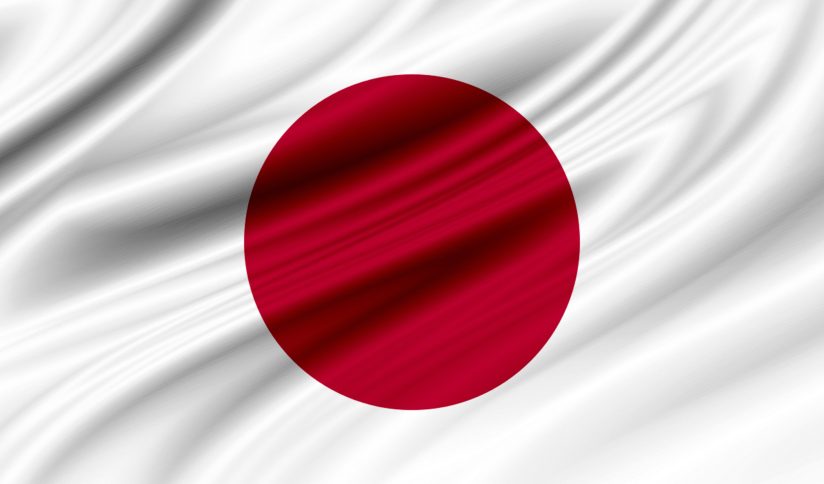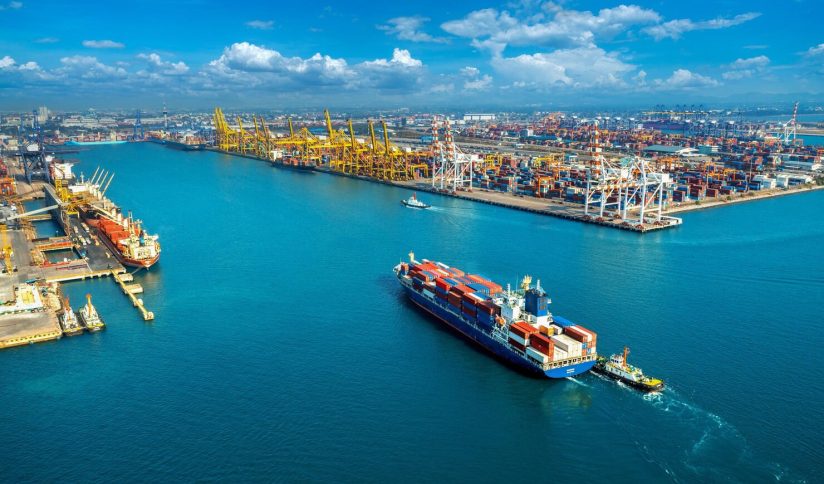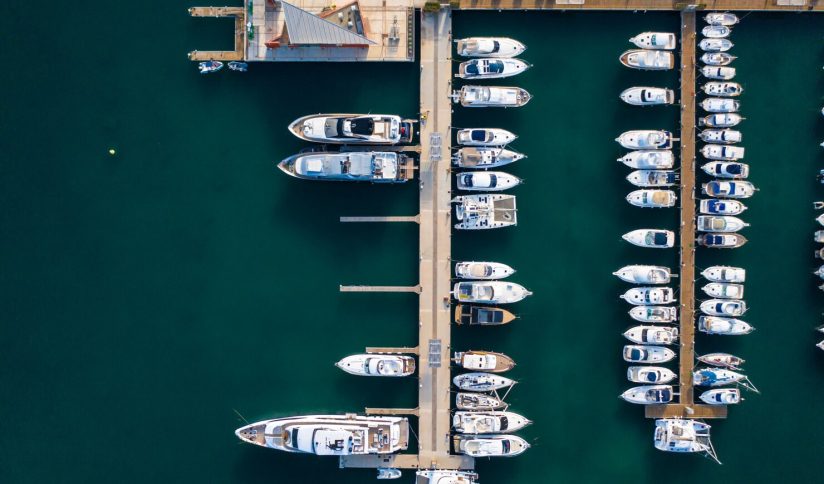5 Key Ports of Thailand: The Main Arteries of Logistics
August 30, 2024 | 5186 views
Shipping plays a crucial role in global trade. It’s a transportation system capable of moving large quantities of goods in a single trip. While it takes longer than air transport, the cost difference is significant as well.
Reducing costs equates to full profits for businesses, which is why maritime transport remains widely popular in international trade. Let’s take a look at the five key ports in Thailand under the supervision of the Port Authority of Thailand (PAT) and their potential.
1. Bangkok Port or Khlong Toei Port
- A full-service container port that handles general cargo, containerized goods, and goods from Ro/Ro (Roll-on/Roll-off) vessels. It also offers services for coastal and domestic barges for loading and unloading cargo.
- Provides warehousing services outside customs zones, with facilities for both indoor and outdoor storage.
- Offers container transportation services between Bangkok Port and Laem Chabang Port.
- The port has a back area of 17,000 square meters for cargo storage, capable of supporting goods weighing up to 2 tons per square meter.
- Warehouses 1 and 2 cover a total area of 12,000 square meters, with an average load capacity of 2.7 tons per square meter.
- The OB Cruise Terminal is a specialized terminal for both domestic and international cruise ships.
2. Laem Chabang Port
- Spanning an area of 6,340 rai, it is Thailand’s main deep-sea port for international trade.
- The port features 11 container berths, with the capacity to handle up to 10 million TEUs (Twenty-Foot Equivalent Units) per year.
- It includes a shipyard capable of building and repairing ships up to 140,000 DWT (deadweight tonnage), with a length of up to 282 meters and a hull weight of up to 40,000 tons.
3. Ranong Port
- Serving as the gateway to trade on the Andaman Sea, it facilitates the transport of goods and containers, linking trade routes with South Asia, Africa, Europe, and various other member countries.
- The container berth accommodates vessels up to 12,000 DWT, with the ability to dock one ship at a time.
- The multipurpose berth supports vessels up to 500 gross tons, with the capacity to dock two ships simultaneously.
- The port includes one warehouse with an area of 1,500 square meters, a general cargo yard of 7,200 square meters, a container yard of 11,000 square meters, and liquid storage tanks (bonded warehouse).
4. Chiang Saen Commercial Port
- Acts as a trade gateway between Thailand and the countries in the upper Mekong River basin (as part of the economic cooperation framework for commercial navigation on the Lancang-Mekong River, involving Thailand, China, Myanmar, and Laos).
- The northern ramp berth covers an area of 9,600 square meters.
- The southern ramp berth also spans 9,600 square meters.
- The vertical berth extends over an area of 20,000 square meters.
- The port features a docking basin measuring 200 x 800 meters.
5. Chiang Khong Port
- Located along the banks of the Mekong River, with a berth measuring 24 meters wide and 180 meters long.
- Offers a “One Stop Service” area with various agencies, including Customs, Excise, Marine Transport, Immigration, Public Health, and Animal and Plant Quarantine, operating 24 hours a day.
- Can accommodate vessels weighing between 80 to 150 tons or 3 to 5 ships simultaneously.
- Provides parking space for cargo trucks or ten-wheeler trucks, accommodating 5 to 10 vehicles at a time.
Source : Port Authority of Thailand
Photo: tawatchai07
Was this article helpful?
YesNo





